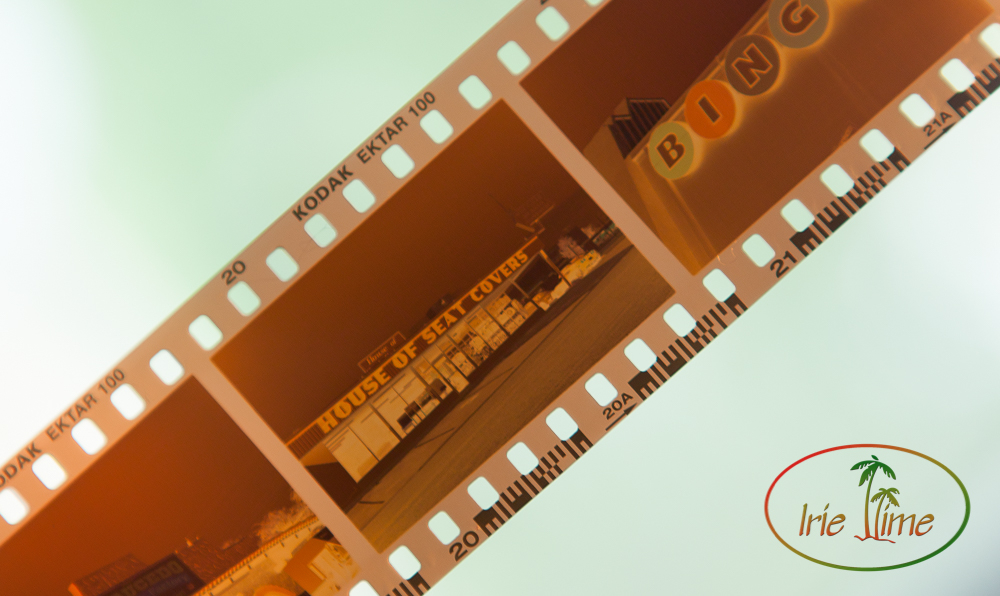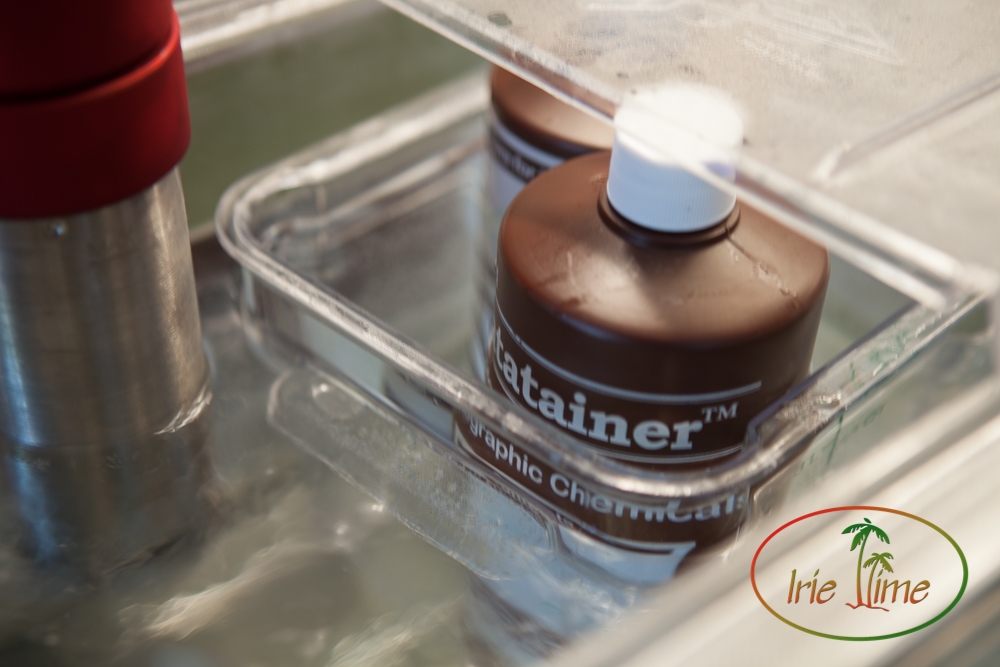
Is this a cooking post or a film photography post? Well, a little bit of both. Today, I processed my first roll of color film ever, and processed it with a sous vide.
Back when I shot film, I used to process black and white film myself. It wasn’t too hard, once you got used to feeling your way around a roll of film in a changing bag. I never got into processing color film, primarily because of the difficulty in controlling the temperature. I understood that temperature control was far more critical in color film processing, and I had difficulty getting the temperature right. Color film processing seemed beyond me.
Then my husband ordered a sous vide, the Anova Culinary Sous Vide Precision Cooker. If you’re not familiar with the device, it’s a tool for cooking food in a temperature-controlled water bath. You place food into a vacuum-sealed bag, place it into a water bath into which you have inserted the sous vide device, set the temperature, and the device circulates the water bringing the food up to temperature. Once up to temperature, the food remains at that temperature and does not overcook. My husband has made amazing steaks by bringing the meat up to temperature using the sous vide, and then finishing them in a cast iron skillet. The steaks were perfectly cooked every time.

Something that could control the temperature of food so perfectly should work with color film chemicals, right? I decided to give it a whirl. I purchased the Unicolor C-41 Powder Kit, and found an excellent tutorial on Lomography on how to mix up the chemicals and process film. I immersed the sous vide, the Anova device, into a large plastic container of water. Because I was paranoid about chemicals getting into the device, I placed the bottles of Developer and Blix into another plastic container filled with water and placed that inside the water bath. I set the temperature to 102 degrees, and away we go. Given the bottles and the interior plastic container, I did end up boosting the temperature up a few degrees, to 105 degrees, to bring the chemicals up to 102 degrees.

I then followed all the steps in the Lomography tutorial, and success! On my very first go!
Give it a whirl! And when you’re done, you can cook up some perfect steaks!
Interested in film photography? Browse through some of our posts:
We’re hybrid shooters! Check out all our photography posts here:
